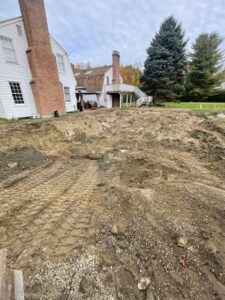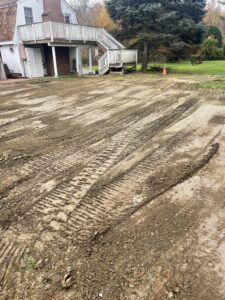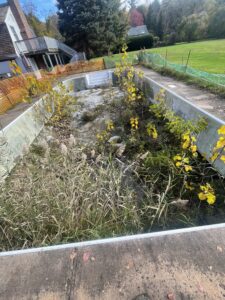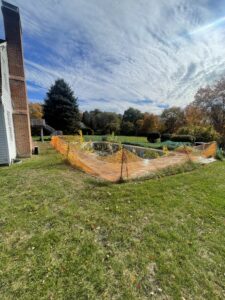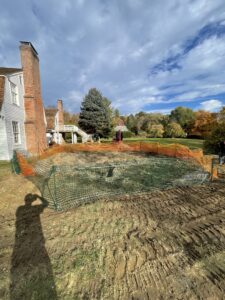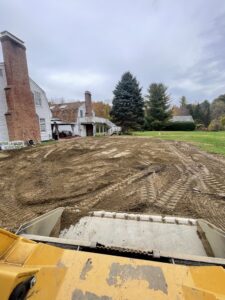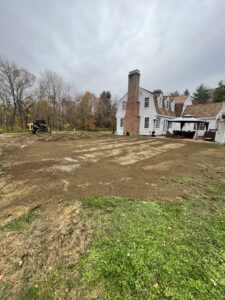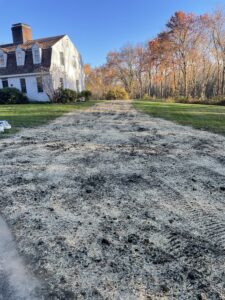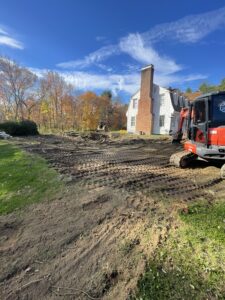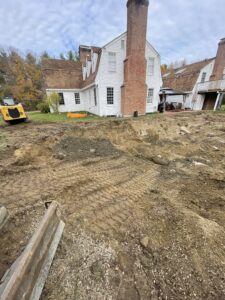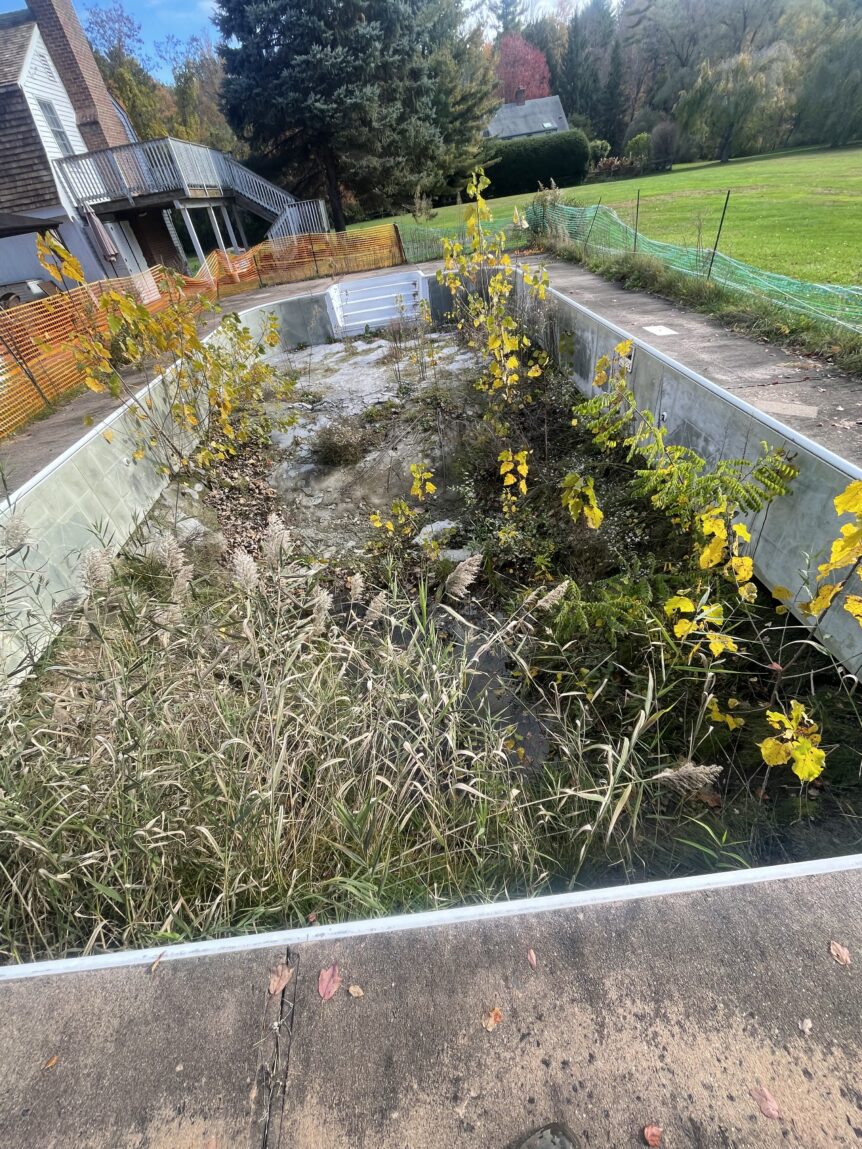This is a recent pool demolition in Ridgefield CT project we completed. Considering a backyard transformation? This post offers valuable insights into removing old or unused swimming pools, addressing process, challenges, and solutions.
Understanding the Need for Pool Removal in Ridgefield In Ridgefield, CT, many homeowners are choosing pool removal for various reasons: maintenance cost reduction, safety concerns, or a desire for more usable backyard space. Our recent project showcased a family’s desire to create a child-friendly backyard, reflecting a growing trend in the region.
The Step-by-Step Process of Pool Demolition Our approach to pool demolition in Ridgefield CT is meticulous and environmentally friendly. Here’s how we do it:
- Initial Assessment and Planning: We began with a thorough assessment of the site, considering the pool’s size, depth, and surrounding landscape. This planning stage is crucial for a smooth pool removal process.
- Draining the Pool: The team systematically drained the pool, ensuring compliance with local environmental regulations to prevent any harm to the surrounding ecosystem.
- Demolition: Using state-of-the-art equipment, our team methodically demolished the pool structure. We prioritize safety and efficiency, ensuring minimal disruption to our clients’ daily lives.
- In Debris Removal and Disposal: After meticulously clearing all debris resulting from the pool demolition, we responsibly disposed of it, reinforcing our commitment to environmental sustainability
-
Unveiling the Reasons Behind the Growing Trend: Why Numerous CT Homeowners Are Choosing Pool Removal
In Connecticut, homeowners are increasingly making the decision to remove their backyard swimming pools. Several factors, including regional climate and pool maintenance costs, primarily drive this trend in the area. Grillo Swimming Pool Removal & Demolition is CT’s premier pool removal company, operating in the entire State Of CT.
